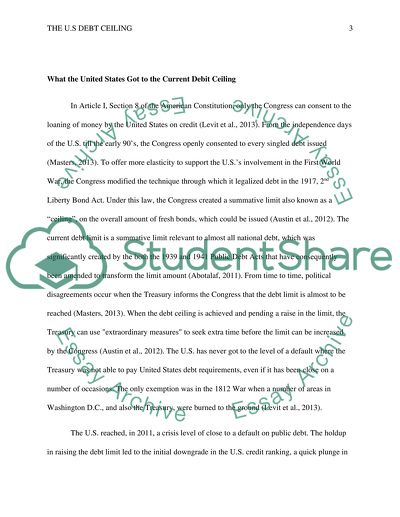Cite this document
(“The U.S Debt Ceiling Term Paper Example | Topics and Well Written Essays - 2000 words”, n.d.)
The U.S Debt Ceiling Term Paper Example | Topics and Well Written Essays - 2000 words. Retrieved from https://studentshare.org/macro-microeconomics/1492792-the-us-debt-ceiling
The U.S Debt Ceiling Term Paper Example | Topics and Well Written Essays - 2000 words. Retrieved from https://studentshare.org/macro-microeconomics/1492792-the-us-debt-ceiling
(The U.S Debt Ceiling Term Paper Example | Topics and Well Written Essays - 2000 Words)
The U.S Debt Ceiling Term Paper Example | Topics and Well Written Essays - 2000 Words. https://studentshare.org/macro-microeconomics/1492792-the-us-debt-ceiling.
The U.S Debt Ceiling Term Paper Example | Topics and Well Written Essays - 2000 Words. https://studentshare.org/macro-microeconomics/1492792-the-us-debt-ceiling.
“The U.S Debt Ceiling Term Paper Example | Topics and Well Written Essays - 2000 Words”, n.d. https://studentshare.org/macro-microeconomics/1492792-the-us-debt-ceiling.


